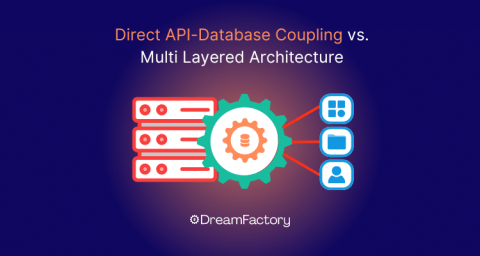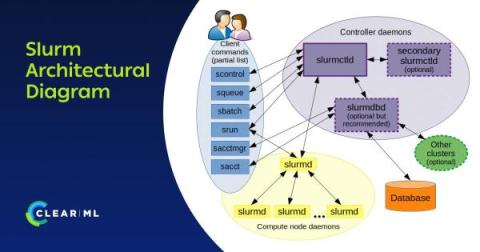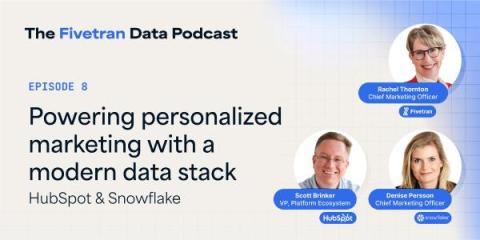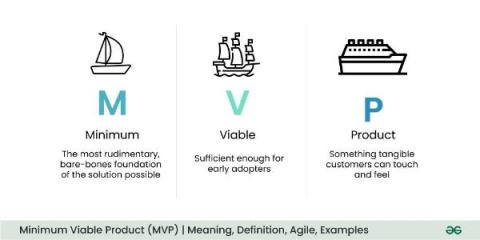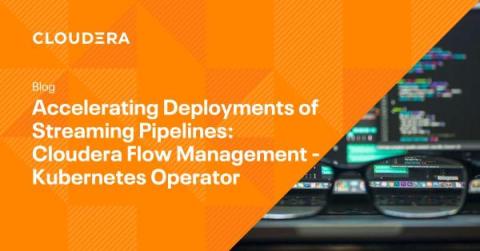Direct API-Database Coupling vs. Multi-Layered Architectures
API-database coupling vs. traditional multi-layered architectures: what’s the difference and why does it matter? The main difference between direct API-database coupling and multi-layered architectures is that the former allows the API to interact directly with the database, minimizing latency and complexity, while the latter uses multiple layers to separate concerns.


